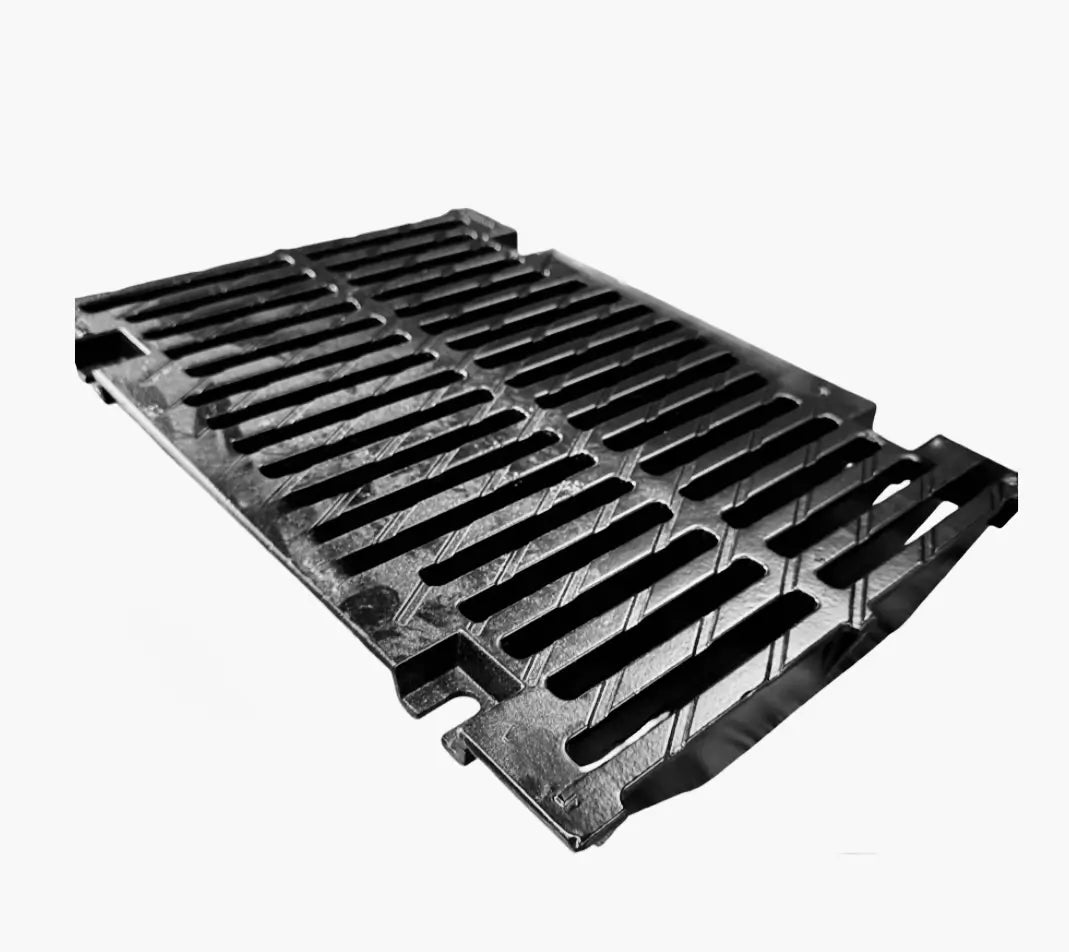
Critical Infrastructure Trench Drains
Critical infrastructure — including power plants, water treatment facilities, data centers, transit hubs, and emergency response facilities — requires drainage systems that ensure uninterrupted operation and long-term reliability. These sites must remain fully functional in all conditions, from extreme weather to disaster scenarios. TrenchDrainCo trench drain systems are engineered for resilience, containment, and compliance, providing dependable performance for the nation’s most vital assets.
Key Requirements
-
Load Rating
Typically D400 to F900, depending on facility type and operational conditions.
• Utility and power generation sites: E600–F900 for heavy maintenance vehicles.
• Water and wastewater plants: D400–E600 for equipment access and chemical zones.
• Transportation and transit infrastructure: E600–F900 for public and freight vehicle areas.
• Data centers and emergency operations hubs: C250–D400 for light vehicle and service access.
Systems must handle extreme static and dynamic loads while maintaining hydraulic performance and watertight reliability.
-
Material Durability
Critical facilities expose drains to harsh chemicals, fuels, moisture, and temperature fluctuations.
• Fiber-Reinforced Concrete (FRC) or Polymer Concrete channels for high compressive and impact strength.
• 316L stainless steel for chemical, fuel, and water treatment environments.
• Ductile-iron grates rated up to F900 for heavy industrial and vehicular traffic.
• Galvanized or epoxy-coated edge rails for corrosion resistance.
• HDPE channels for secondary or controlled-environment installations.
-
Site Conditions
• Constant exposure to fuels, oils, water, and corrosive agents.
• Drainage must maintain watertight seals to protect subgrade electrical or communication systems.
• Facilities often include redundant drainage networks for operational continuity.
• Compliance with EPA SPCC, FEMA, and Department of Homeland Security (DHS) infrastructure guidelines.
• Designs must integrate with oil/water separators, containment systems, and filtration units.
• Many installations require grounding and static control integration with conductive drain systems.
-
User Requirements
• Resilience: Continuous performance in critical operations and emergency scenarios.
• Environmental protection: Prevent hazardous runoff from contaminating groundwater or ecosystems.
• Chemical resistance: Handle acids, fuels, salts, and industrial cleaning agents.
• Safety: Slip-resistant, ADA-compliant grates for worker and vehicle safety.
• Maintenance: Easy access for inspection and debris removal under facility maintenance protocols.
• Compliance: Designed to meet DoD, DHS, EPA, and FEMA infrastructure standards.
• Longevity: Systems rated for decades of operation with minimal degradation or downtime.
Recommended TrenchDrainCo Systems

TrenchDrainCo FRC Defense Series
Fiber-reinforced concrete trench drain for heavy-duty infrastructure and vehicular zones.

TrenchDrainCo Stainless Infrastructure Series
316L stainless steel channels and grates for chemical and water treatment environments.

TrenchDrainCo LEO 1200
Ductile-iron system for E600–F900 load-class roadways and access points.

TrenchDrainCo Polymer Concrete Series
High-capacity system for hydrologically sensitive or environmentally regulated facilities.

Engineering Notes
When designing trench drains for critical infrastructure:
- Use redundant drainage networks and backup channels for flood and overflow protection.
- Employ F900-rated systems in all vehicular or emergency-access areas.
- Integrate oil/water separators, sump pumps, and containment basins for pollutant control.
- Choose chemical-resistant materials for wastewater, fuel, or power plant applications.
- Ensure full watertight integration with below-grade utility conduits and foundation waterproofing systems.
- Specify locking grates and tamper-resistant hardware for security-sensitive installations.
- Confirm compliance with local, federal, and DoD critical infrastructure protection (CIP) standards.

Mission-critical reliability. Infrastructure-grade performance.
Contact TrenchDrainCo for a trench drain system engineered for critical infrastructure — from power generation to water treatment and emergency facilities.
📞 Call us: 212-946-3798
📧 Email us: info@trenchdrainco.com







